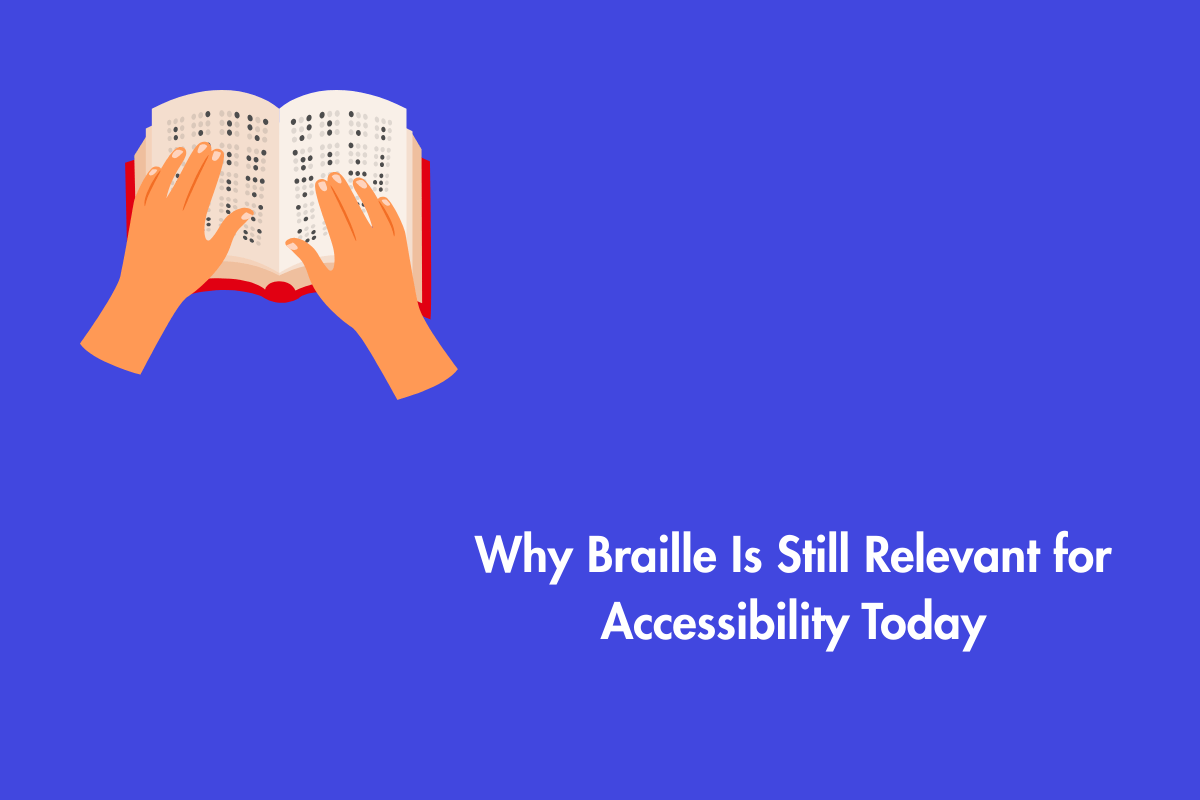People with disabilities should not be denied access to life-improving facilities just because of a lack of resources. However, when various impairments, such as deaf-blindness, must be taken into account, the process of making accommodations becomes complex. Users with impairments may rely on a small set of features to help them overcome typical barriers to information and service consumption. However, people who have many impairments at once need a complex system of accessible features that all function in unison for them to be able to fully use the ecosystem.
Deaf blindness is a distinct and challenging form of multiple impairments. This blog will offer an overview of the issues faced by persons with deaf-blindness to help you get a clear idea of how they navigate through the web.
Table of Contents
What is Deaf-Blindness?
Deaf-blindness is characterized by a combination of hearing loss and vision loss. While some individuals are fully deaf and totally blind, the vast majority of deaf-blind individuals retain some residual hearing and/or vision. Some will possess more eyesight than hearing, while others will possess greater hearing than vision.
It’s vital to remember that just because someone is accompanied by a guide dog or white cane does not indicate they are fully blind. When someone needs a guide dog or a cane to go about on their own, it indicates they have suffered enough visual loss that they need such assistance.
Assistive technologies used by deaf-blind individuals
Assistive technology (AT) refers to hardware and software that enables individuals with impairments to access technology. Depending on their specific requirements, those who are deaf-blind employ a mix of AT for blind users and AT for deaf users.
1. AT used by people with hearing disabilities
Alerting devices
Devices that turn audible alerts (e.g., doorbell, alarm clock) into a perceptible visual or tactile alert.
Telecommunications
Those who are D/deaf or HoH have access to several choices, including amplified telephones, TTY/TDD, Text-to-911, and video chat.
Enhanced listening
A system may be used to link an audio stream directly to a person’s hearing aid or cochlear implant for enhanced listening.
Visual communication
Captions and transcripts (with the possibility to expand or zoom in!) deliver auditory information in a visual manner through visual communication.
2. AT used by people with visual disabilities
Screen readers
Screen readers are applications that analyze the layout and content of a website and convert it to voice. The user may change the playing speed and use instructions to skip from heading to heading, click links, and do other essential operations.
Braille displays
Braille displays transform the digital text into braille dots that may be read with the fingertips.
Dictation
Speech recognition software enables users to browse, type, and interact with websites by speaking.
Accessibility Barriers faced by deaf-blind users

The following accessibility problems limit access for those who are deaf-blind. Accessibility problems may arise from both sides since each deaf-blind person has a unique proportion of both the deaf and the blind.
1. Accessibility barriers for people with Hearing impairments
Inaccurate captions
Automated captions are both a boon and a bane due to their inaccuracy. However, AI is far from perfect, and occasionally automatic captions are worse than no captions at all.
No transcripts
In order for a deaf-blind person who reads braille to access information given in video or audio format, transcripts are required.
Phone-only customer support
Telephone-only customer service: There is nothing more aggravating than attempting to contact a company and seeing that the only option available is a phone number.
Low-quality audio
Audio of inferior quality: Audio of inferior quality gets significantly worse at high volumes. It might also be challenging to precisely transcribe.
2. Accessibility barriers for people with visual impairments
No keyboard navigation
Can you navigate your website or software without using the keyboard? To navigate, use the tab key, arrow keys, and enter.
Pop-ups
If a site fails to establish the reading focus correctly, a pop-up window may prevent a blind user from proceeding… or even knowing how to return to their original location.
Cluttered pages and carousels
Blind persons cannot utilize cluttered sites with carousels and moving text. They are not user-friendly for the majority of individuals.
ARIA mistakes
Misuse of ARIA markup may alter the behavior of a screen reader in a manner that conflicts with navigation and usability.
Document heading and labeling
Without the correct heading tags, a user of a screen reader cannot rapidly access the content they want to read.
Alt text
Images that carry meaning must be labeled with alt text so that website visitors who are visually impaired may hear an explanation of the picture.
Design your website to accommodate deaf-blind people
You may create accessible websites, software, and hardware and retrofit existing technologies. It’s a win-win scenario for both your organization (more customers, income, and contracts) and people with disabilities (less confusion, less frustration and less isolation). Ensuring that your video and audio recordings have accessible transcripts is a small repair that significantly impacts the user experience.
We hope that you now have a firm grasp on how deaf-blind people navigate the web. If you need assistance with accessibility services, please get in touch with us at info@aeldata.com.



